
The man who needs no introduction, Jay Cutler, has a new GDA out, and it's using GlucoVantage for superior insulin sensitivity support
Jay Cutler is a figure in the bodybuilding world who needs no introduction. Since his overall win at the 1993 Iron Bodies Invitational contest, Jay went on to multiple first place finishes at both the Arnold Classic and the world-famous Mr. Olympia competition. For years, Cutler has been developing his own line of nutritional supplements, Cutler Nutrition. The brand is targeted at bodybuilders, powerlifters, athletes, and anyone else who wants to wring, from their own body, every ounce of physical potential.
Today, we're thrilled to discuss a product from Cutler Nutrition that can provide huge benefits to pretty much everybody's life, even those who've never touched a barbell or completed a single HIIT workout.
Meet the GlucoVantage-powered Transfer Glucose Disposal Agent
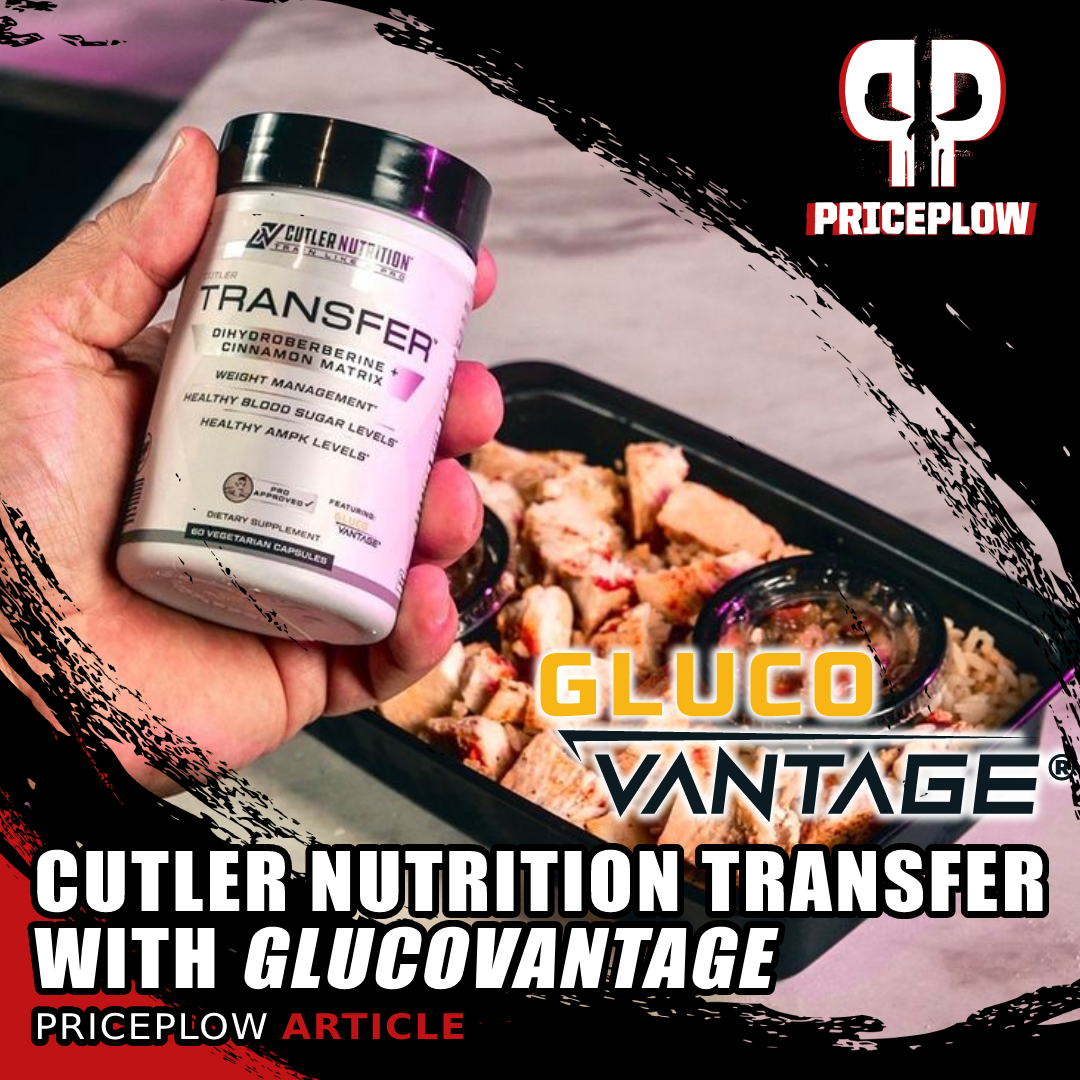
Looking for a simple yet extraordinarily effective glucose disposal agent? Then meet the GlucoVantage-powered Transfer by Jay Cutler's Cutler Nutrition.
That product is Cutler Nutrition Transfer, the GDA (glucose disposal agent) supplement with an incredibly simple, yet unbelievably powerful formula for promoting insulin sensitivity and glucose control. It's powered by NNB Nutrition's GlucoVantage, which is made from a superior form of berberine known as dihydroberberine that improves insulin sensitivity.
Whether you're an Olympian or a couch potato, whether you're jacked and lean or looking to lose that spare tire, you'll definitely benefit from optimizing glucose transfer (hence the name) in your own body, since it's arguably the most fundamental metabolic process in human biology.
It's covered below, but first, see where you can buy it and sign up for PricePlow's NNB Nutrition news alerts so that you don't miss another novel ingredient:
Cutler Nutrition Transfer – Deals and Price Drop Alerts
Get Price Alerts
No spam, no scams.
Disclosure: PricePlow relies on pricing from stores with which we have a business relationship. We work hard to keep pricing current, but you may find a better offer.
Posts are sponsored in part by the retailers and/or brands listed on this page.
Cutler Nutrition Transfer Ingredients
The beauty of this formula is its elegance. Transfer only contains two ingredients – that's right, two – because they're simply the best for the task at hand.
Let's break them down individually, starting with the powerhouse:
-
Dihydroberberine (as GlucoVantage) – 170 mg
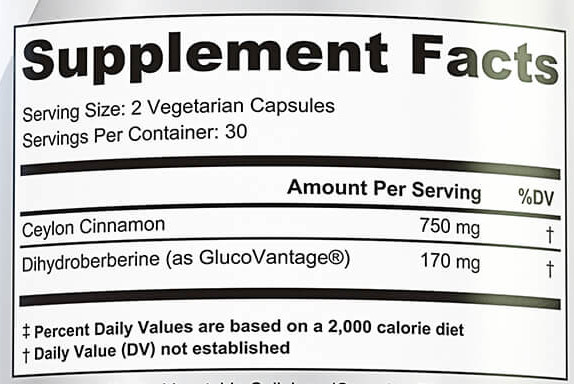
Simple yet powerful - a solid 170 milligram dose of GlucoVantage in Cutler's Transfer brings a huge amount of AMPK stimulation to boost insulin sensitivity.
Although used in a smaller dose compared to the cinnamon, this innovative and patented form of berberine is really the flagship ingredient of Transfer from Cutler Nutrition. When it comes to insulin sensitivity supporting ingredients for safe glucose disposal, we consider berberine to be the best category, and when it comes to types of berberine, we consider dihydroberberine to be the best in class.
The quick synopsis is this: when you want to drive as many carbohydrates into muscle tissue as possible, this is the very first ingredient to look at.
GlucoVantage in one minute
For the quick explanation, see the video below, and then we dive deeper:
We've written about GlucoVantage dihydroberberine at great length in the past, going so far as to do one of our "special topic" articles because we're so excited about the high efficacy and safety of this compound. In fact, the small dose size is rooted in the true power of GlucoVantage, which, compared to regular berberine, is its higher bioavailability, resulting in more insulin-sensitivity-inducing berberine in the plasma at a lower dose than berberine itself.
There's no better GDA ingredient than berberine, and there's no better form of berberine than dihydroberberine in NNB's GlucoVantage!
To explain why it's more bioavailable, let's summarize how berberine works in the body. During its normal metabolism, berberine is converted by the gut into a metabolite called dihydroberberine, which is basically a hydrogenated form of berberine. Once dihydroberberine passes from the gut into the intestine, it's absorbed through the intestinal wall and then converted back into berberine and enters the bloodstream to exert its biologically active effects.[1]
NNB Nutrition figured out that if you simply give people dihydroberberine directly, it raises blood berberine levels much more efficiently because it bypasses the rate-limiting step of converting berberine into dihydroberberine in the gut.
5x better than regular berberine
How much more efficiently? When measured in a laboratory setting, GlucoVantage was five times more bioavailable than regular berberine,[1] and the effects of dihydroberberine supplementation are also longer-lasting than those of regular berberine.[2,3]
One could very easily argue that berberine outperformed metformin in most measures![https://www.ncbi.nlm.nih.gov/pmc/articles/PMC2410097/]
Once absorbed, berberine works to increase AMPK, short for AMP-Activated Protein Kinase, which we can consider the "we need energy now" enzyme for our cells that encourages glucose and fatty acid uptake in the body. And if you're training hard like a good Cutler Nutrition aficionado, this means your muscles will be starved for that glucose from your carbohydrates -- out of your bloodstream and into the muscles, safely and effectively.
Supplementing with GlucoVantage has benefits besides greater efficacy: because the bioavailability of ordinary berberine in some people can be very poor, especially in those with compromised gut health (that is, a LOT of us), large doses can be required to achieve clinical efficacy – sometimes as large as 1.5 grams or 1,500 milligrams [4]. And with those large doses comes the risk of gastrointestinal disturbances.[5,6] By using GlucoVantage instead of regular berberine, you can take a much smaller dose and avoid these problems.
With GlucoVantage, you're getting all the usual benefits of berberine supplementation:
- Improved uptake of glucose, especially if you're insulin resistant[7,8]
- Greater insulin sensitivity and lower insulin levels[9]
- Better glucose uptake from muscle cells[10,11]
- Healthier body composition[7,12]
And you get them all in a smaller, more powerful, more efficient dose.
The bottom line: GlucoVantage is a better berberine, and Cutler Nutrition dosed it extraordinarily well, to the point where one capsule will likely still have effects for smaller individuals, while two capsules will be incredible for those big carb eaters.
You can read more in our articles titled Berberine: The Best Glucose Disposal Ingredient Just Got Better and GlucoVantage: Dihydroberberine for Superior Insulin Sensitivity, or listen to Episode #028 of the PricePlow Podcast.
-
Ceylon Cinnamon - 750 mg
That's right – cinnamon. Could something so lowly and ubiquitous as cinnamon really have significant effects on glucose and insulin metabolism?
The answer is a resounding yes.
There are many compounds in cinnamon that have therapeutic properties, such as cinnamic acid, epicatechin (and other catechins, similar to those found in tea), coumarin, and eugenol, among others.[13] One of the superstars in cinnamon is a polymer called methylhydroxychalcone, which aids glucose clearance by mimicking insulin.[14,15]
Taken together, all of this explains why cinnamon is able to facilitate glucose uptake in various tissues and reduce fasting glucose levels.[13-15] The downstream effects of this are lower cholesterol and triglyceride levels, improved HbA1C, and improvements to both fasting and postprandial blood glucose levels.[15]
Conclusion: Never Sleep on Jay Cutler
As we learned earlier in our articles on Cutler Nutrition's Cutler Nutrition's COGNITION nootropic and the Cutler Nutrition Prevail / Amplify Pre Workout Stack, you should never sleep on Jay Cutler. He's built an incredible team and they're formulating supplements that simply work - without overcomplicating it.
This is an awesome glucose control supplement, using two of the safest and most efficacious ingredients on the market in a very manageable dose that fits into just two capsules. Cinnamon is great, but NNB's dihydroberberine is doing the heavy lifting here, so if you need a refresher on the incredible power of berberine to improve glucose metabolism, check out our long form article on the subject linked above.
What will Mr. Olympia do next? We're not sure, but we're excited to find out.
Cutler Nutrition Transfer – Deals and Price Drop Alerts
Get Price Alerts
No spam, no scams.
Disclosure: PricePlow relies on pricing from stores with which we have a business relationship. We work hard to keep pricing current, but you may find a better offer.
Posts are sponsored in part by the retailers and/or brands listed on this page.
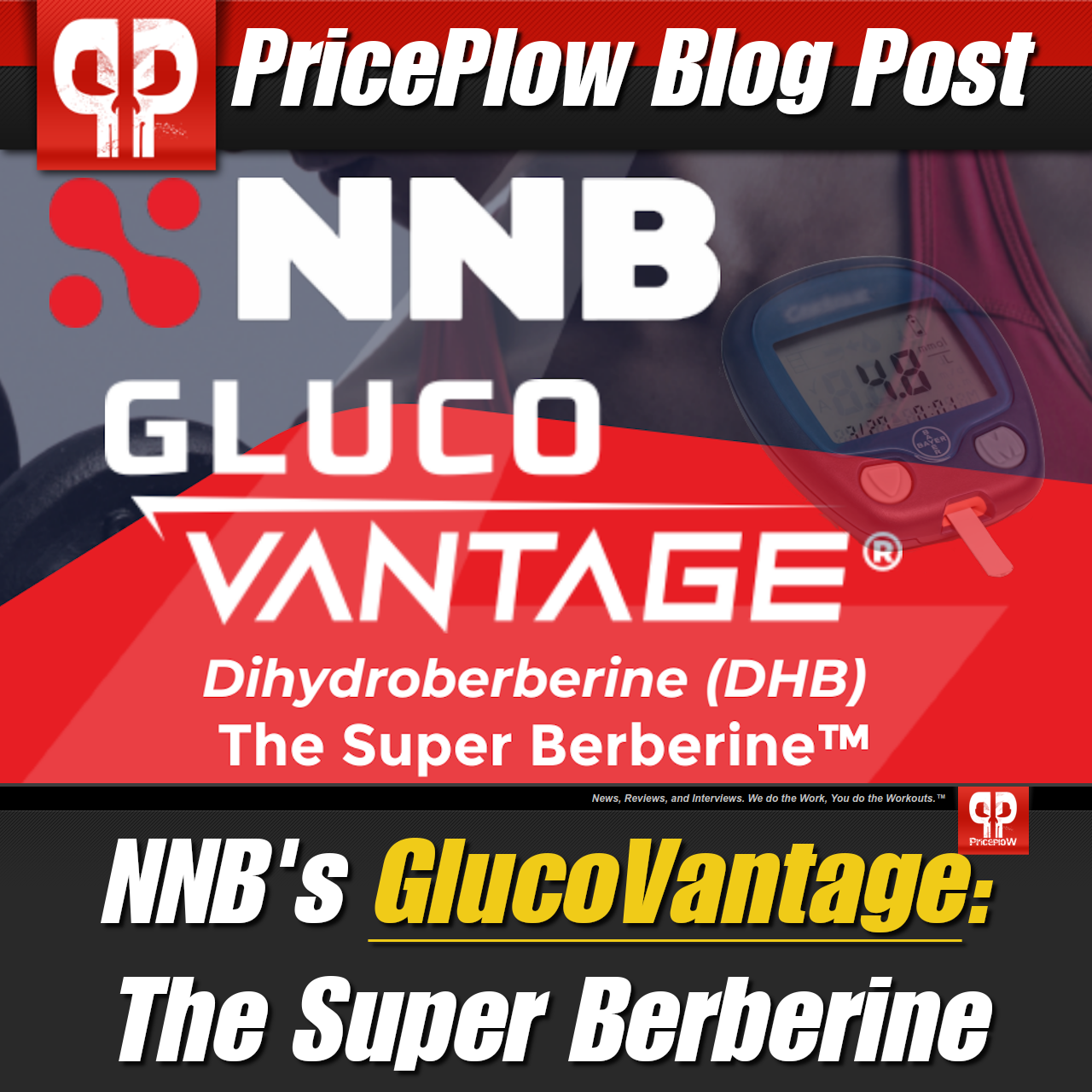
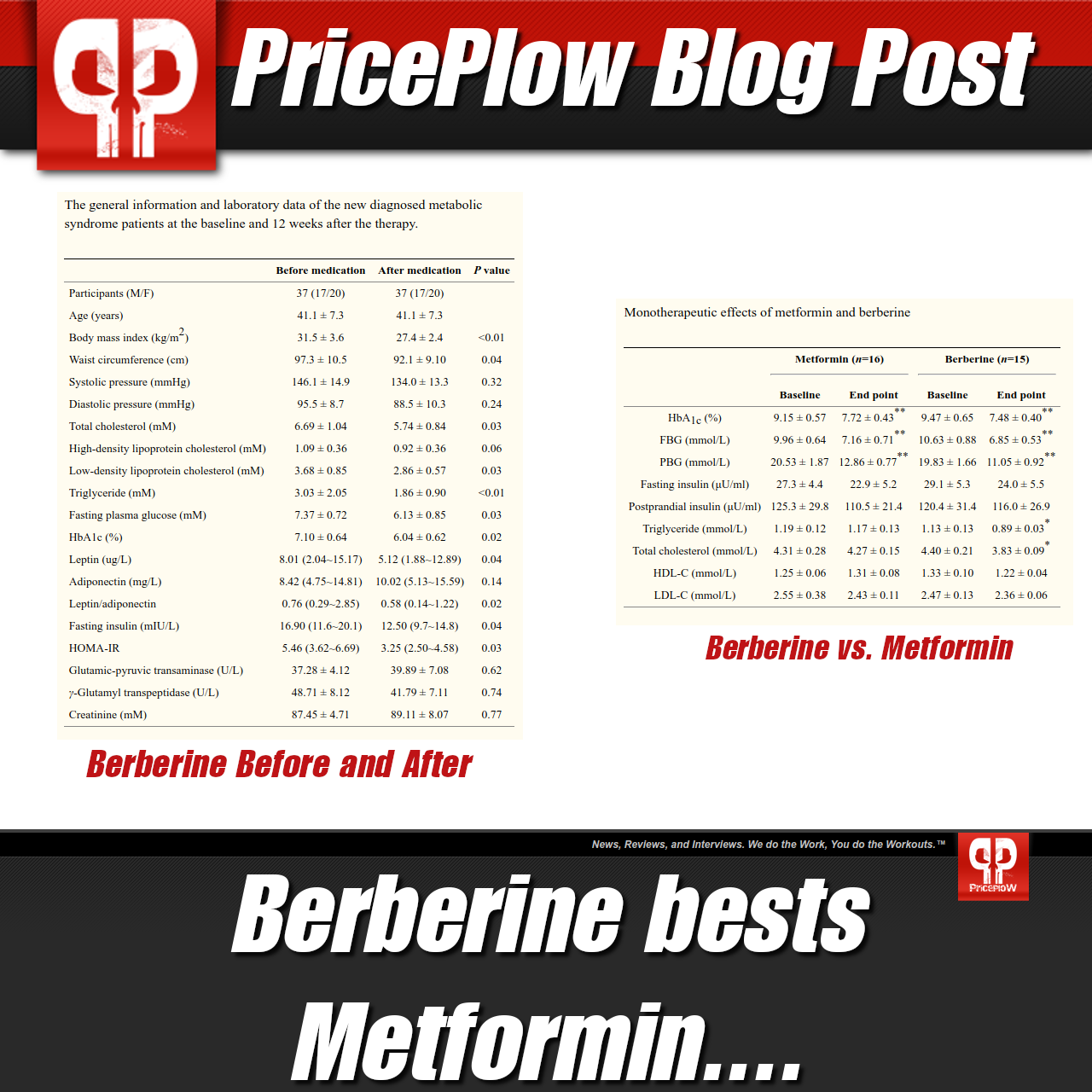
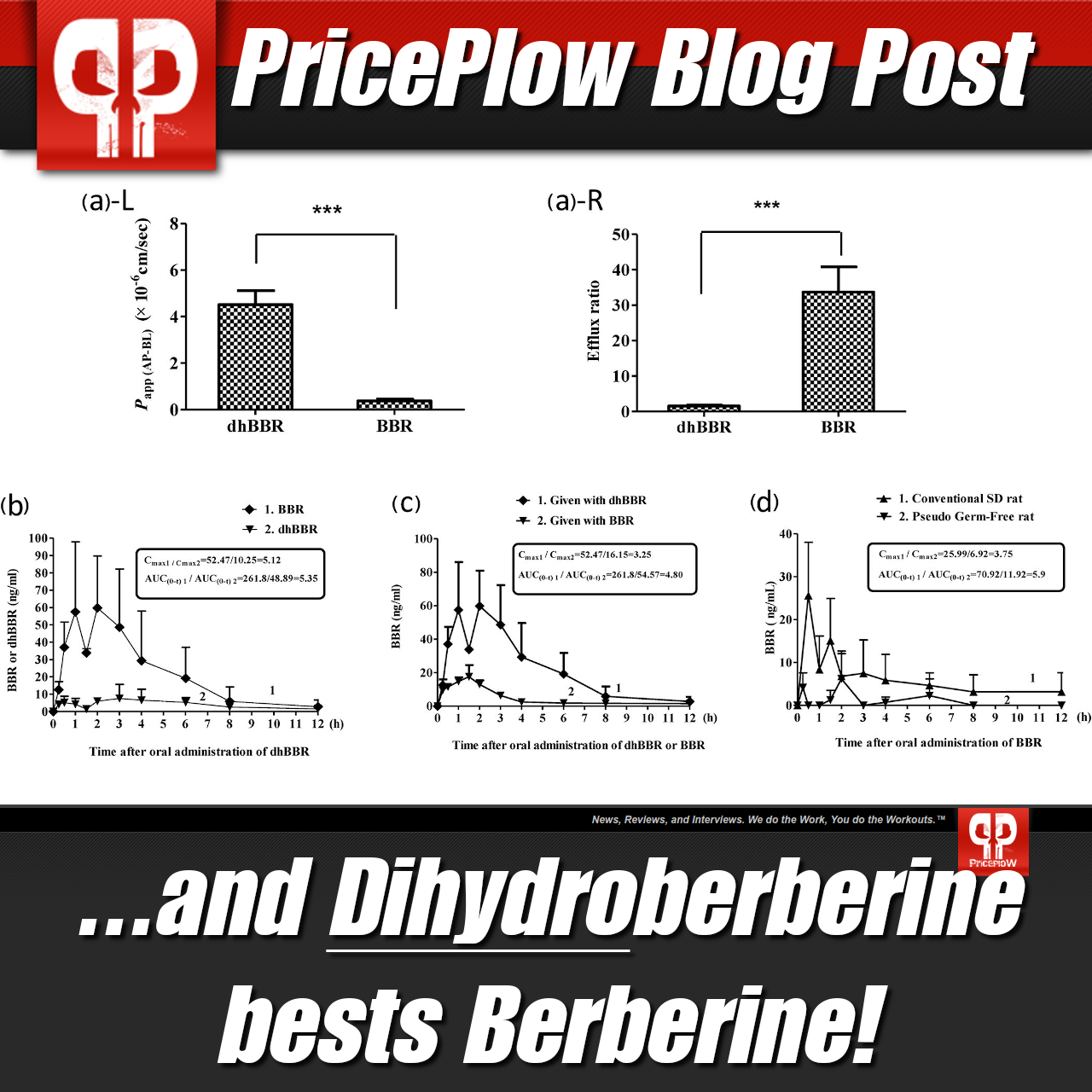
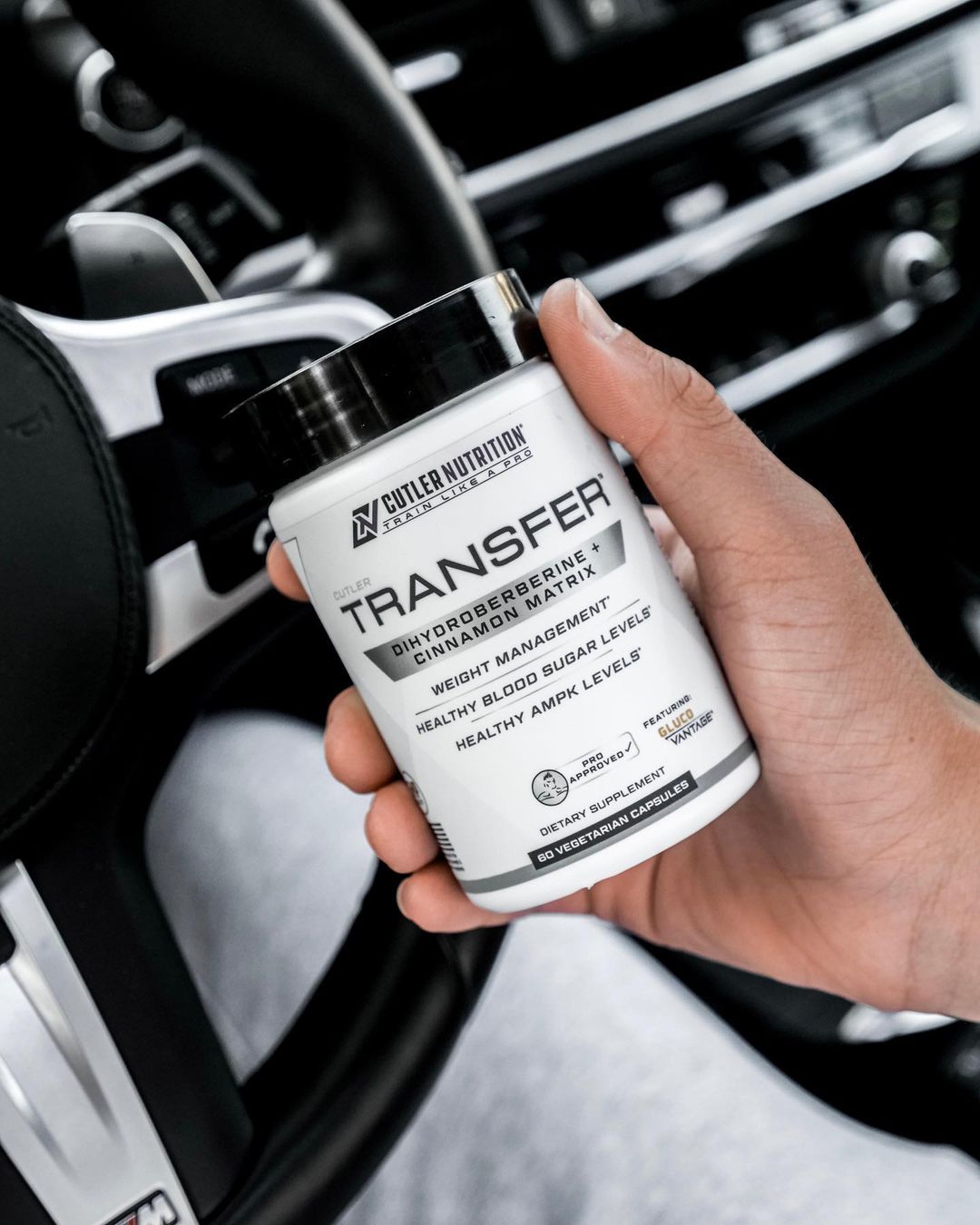
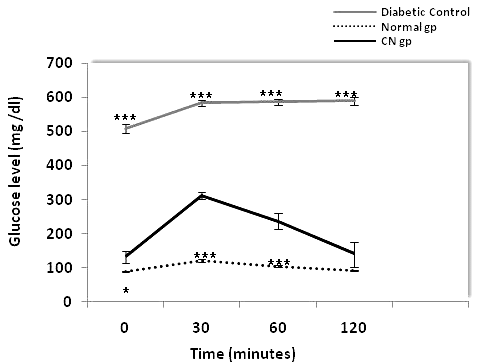
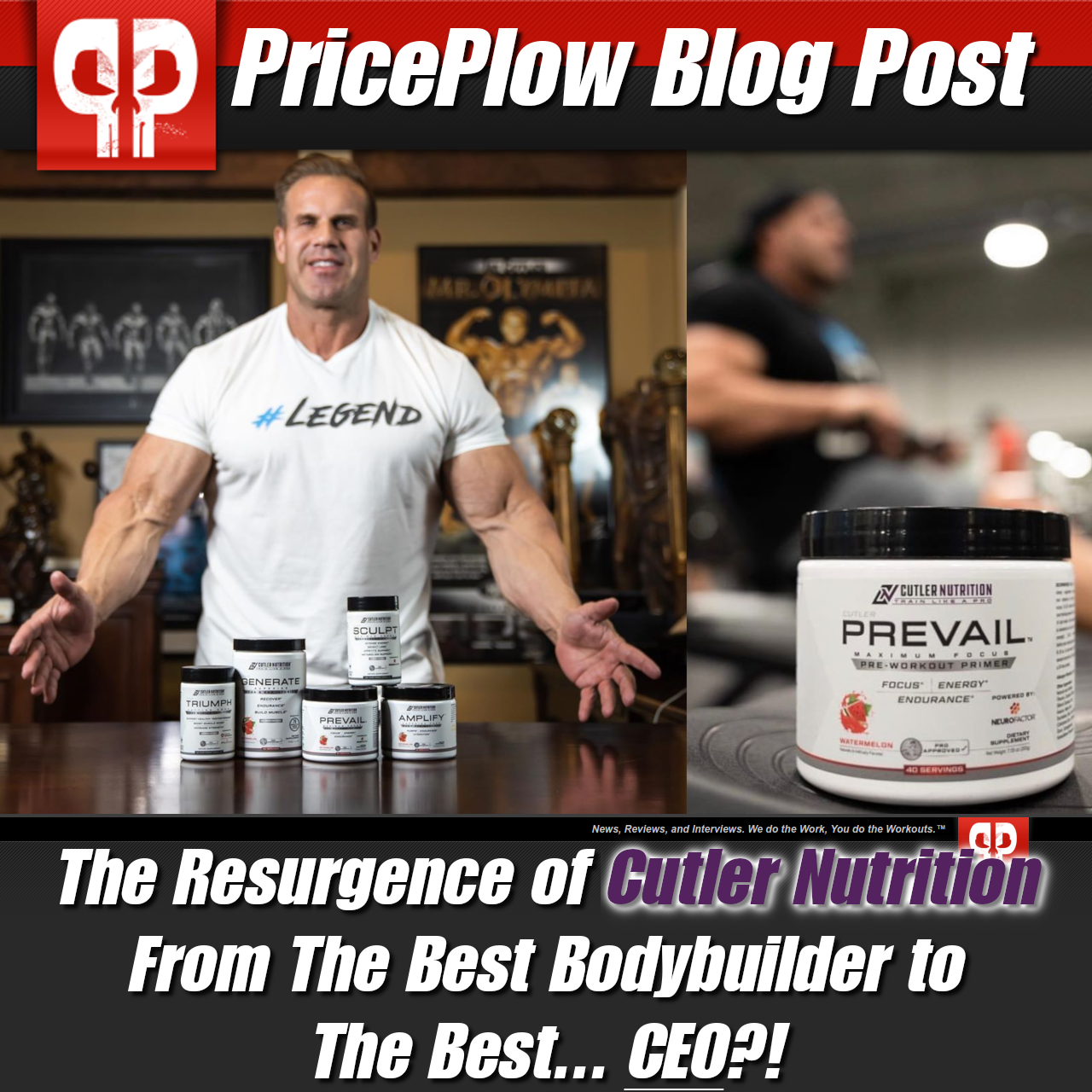


Comments and Discussion (Powered by the PricePlow Forum)